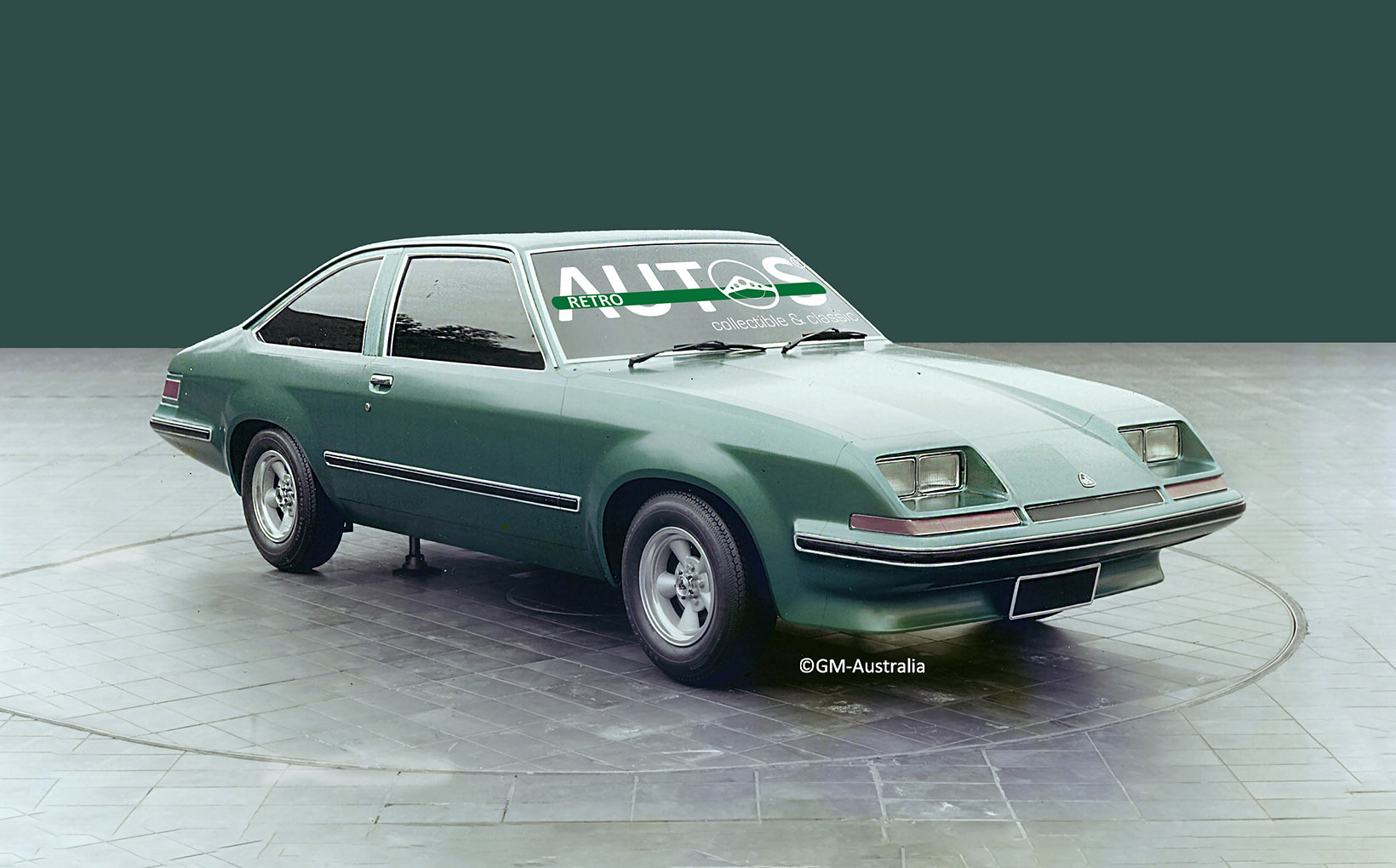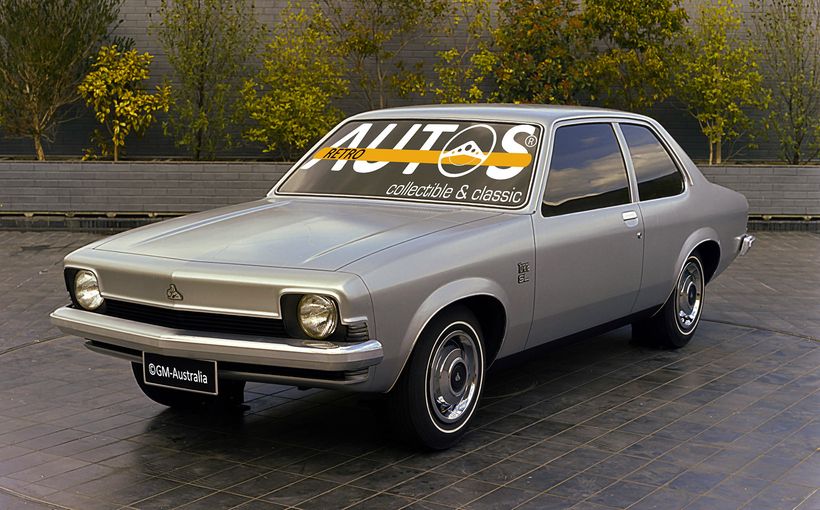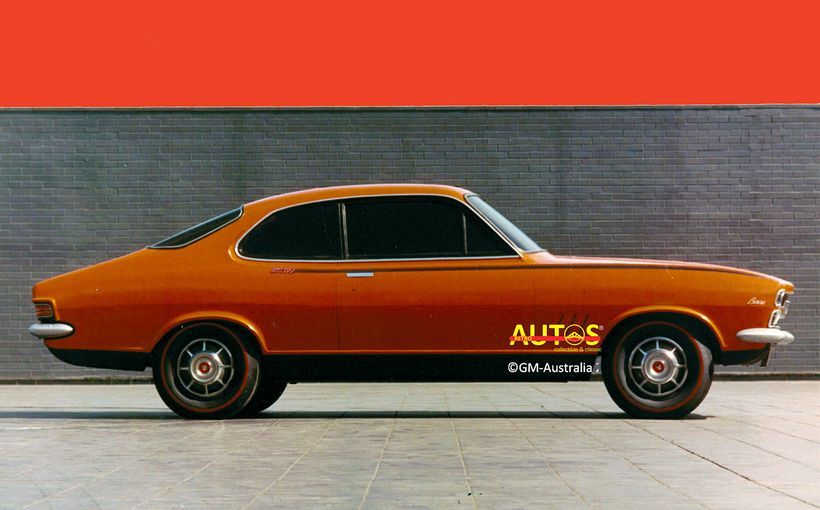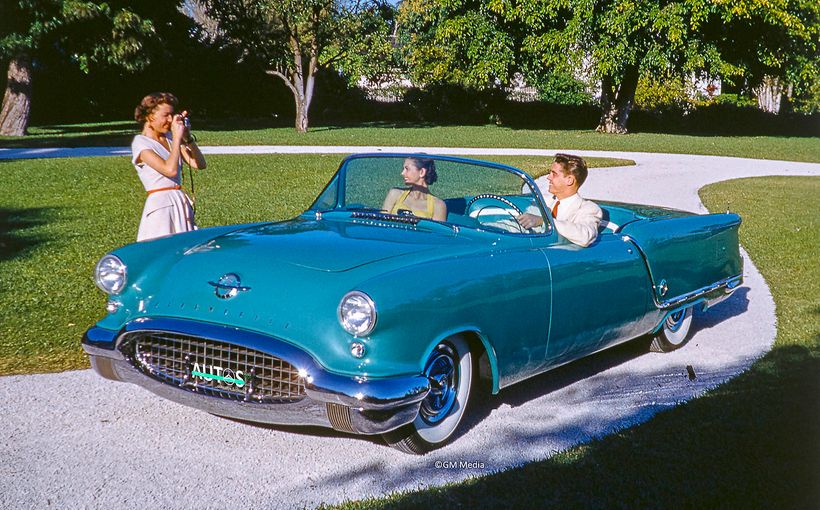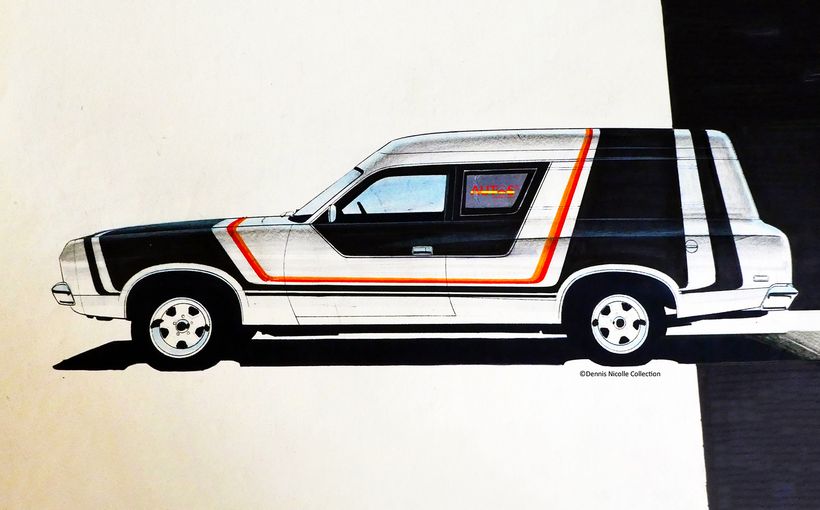
A rotary engined Torana? Yes! Holden considered the engine in the early seventies and created a restyled LX Torana hatchback, nicknamed “The Green Lizard”, to showcase it.


The rotary was the invention of Felix Wankel. From the mid-1920s onwards, Wankel obtained a series of patents for his engine ideas. He worked at Mercedes, BMW and the German government. Beginning in 1951 he linked with NSU and continued developing the rotary idea. Aviation company Curtiss-Wright secured the US rights to the engine in 1958. A working prototype was demonstrated in an NSU Prince in 1960. Mazda began its association with the motor in 1961. In 1964 NSU released its Spider sports car, with Wankel’s rotary in the rear


The Spider’s engine fascinated motoring journalists of the time, and its impact cannot be underestimated. In the long-gone Australian Motor Sports and Automobiles magazine, dated December 1963, writer Simon Ford, said that:
“This will be an historical event for the motoring world, signifying the first real challenge that the reciprocating piston engine has faced during its 60-odd years of complete dominance”
The Spider was followed in 1967 by Mazda’s Cosmo and NSU’s Ro80 sedan.



During the sixties and seventies GM, Ford, American Motors, Nissan, Mercedes, Alfa Romeo, Rolls-Royce and Chrysler all considered the rotary as a possible engine of the future. They were attracted to its light weight, compact dimensions and fewer internal components.
Each of these companies was well aware of the rotary’s reliability problems and excessive fuel consumption issues, but had a belief that these and any other engineering problems, could be easily fixed by the application of their technical prowess and money.
GM was especially confident it would overcome the rotary’s idiosyncrasies. Its then president, Ed Cole (he of the Corvair), was one of the rotary’s greatest champions. Cole could envision multiple rotor configurations powering GM’s vast range of cars, especially Chevrolet’s Vega.

To generate publicity for the rotary GM built two experimental, mid-engined, rotary Corvettes and toured them around northern hemisphere car shows during 1974.
The red car was styled by a team headed by Kip Wasenko, who would later join the design team at Holden. It was powered by a GM-built twin-rotor motor. The silver liveried car featured four rotors, which was really just two twin rotors joined together.




To further showcase the rotary, Chevrolet was developing a stretched Vega, called the Monza, for release in 1975. And then the problems started to multiply.
In late 1973 the first oil supply crisis impacted the world, and fuel economy suddenly became a significant factor when buying a new car. It was here that the rotary was at a big disadvantage. That was strike one!

Despite its early boasts that it would prevail, GM was discovering that solving the rotary’s reliability and fuel consumption problems was taking longer than planned and consuming lots of money. Strike two!!

Meanwhile, the US federal government had introduced a series of anti-pollution laws which required a 90% reduction in hydrocarbon emissions by 1975. The rotary was a particularly high emitter of hydrocarbons. Ensuring it met these impending US standards and reducing fuel consumption would require significant re-work and, by today’s equivalent, unknown millions of dollars in costs. Strike three!!!
In September 1974 Ed Cole announced he’d “postponed” the rotary program, and promptly retired from GM. His successor, Pete Estes, terminated any further development.
Cole’s decision also impacted American Motors. They’d seen the rotary as an ideal engine for their upcoming Pacer. When work on that car started in 1971, they signed deals with Curtiss-Wright, and later GM, to supply rotaries. The always cash poor company had to scramble to retro-fit their inline six cylinder into the front of the Pacer where the rotary was supposed to have been.

And that brings us back to the rotary Torana.
While the LH/LX Torana was in its initial styling phase in 1971, GM had sent a couple of rotary engines to Holden (and Vauxhall) for evaluation. The LH/LX was thought to be an ideal mid-sized candidate for the engine, once the reliability and fuel consumption issues had been sorted out in Detroit.
Phillip Zmood was the principal LH/LX designer. The Torana’s product plan had the four-door sedan scheduled for release in mid-1974 and a semi-fast back two door coupe in early 1975. A last-minute decision to shift to a hatchback configuration, and the significant re-tooling that entailed, meant the two-door body had to be delayed until the February 1976 release of the LX.


After the hatchback’s final shape had been agreed, Phillip started to work on a variation that would showcase the rotary. He sketched a number of ideas which featured sloping front ends and tapered tails. A full-sized clay model was constructed and painted a bright deep green. It was Phillip’s favourite colour for a car.


The car’s striking colour led to it gaining the nick-name “the Green Lizard”. The actual name was to be “Ikara”, an indigenous word for a throwing stick. It also means meeting place. Niche manufacturer Bolwell later applied it to one of their cars.




The Green Lizard/Ikara never went beyond the clay model stage. When GM’s rotary engine program was cancelled it was shelved.



The wedge shaped front end theme of the Ikara was used on the never released VA Torana, planned for launch in 1977. I’ll reveal details and many more images of the VA, including the five-door hatchback, in an upcoming edition of Retroautos.
The sloping front was also seen on various after-market conversions. The one-off 1977 Recaro Mystere provides an insight into how a road going Ikara might have looked.
The Ikara was not the end of Holden’s rotary engine story. Remember the Mazda Roadpacer?
Mazda wanted a car to compete in Japan’s upper luxury market segment which was dominated by the conservatively styled Toyota Century and Nissan President.


Not having its own model, a deal was done with GM and fully optioned Holden Premiers were shipped to Mazda, minus their original engines. Mazda set up a small production operation to insert its twin rotor 1.3 litre 13B rotary engine where the good old “red six” had once resided. Using the 13B enabled them to avoid Japan’s engine capacity-based tax, but the Roadpacer’s was expensive because it was imported.

It is no secret that the Roadpacer was not a success. Only 800 were built between 1975 and 1977. It is also another Australian built car that some motoring journalists like to sneer at. What they overlook is that sales of the Century and President were never high either. Nissan sold an average of only 1250 Presidents in each of its 45 years on the market and the Century was almost a hand-built car. So, the Roadpacer’s 800 sales were quite reasonable by comparison.
For me, the Roadpacer’s legacy is that it was GM’s only production vehicle to have a rotary engine under the bonnet. That it was an Australian designed and built car is something to celebrate, not denigrate.

Retroautos is published with passion and with pride by David Burrell. Special thanks to Leo Pruneau, Phillip Zmood, Peter Nankervis and John Schinella for their insights and comments.
Retroautos stories and images are copyrighted. Reproducing them in any format is prohibited. Retroautos is a registered trademark. Reproducing it in any format is prohibited.

